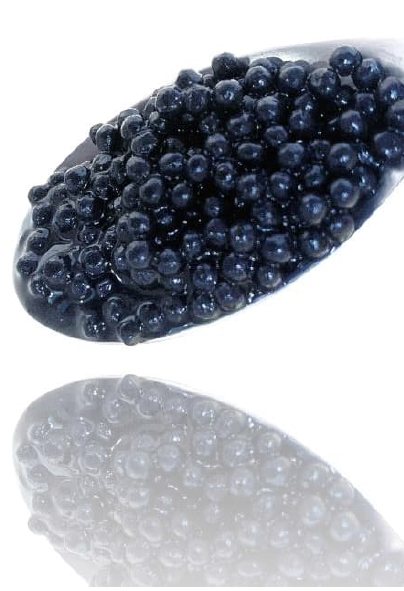WHAT IS THIS ?
Soil remediation (or soil rehabilitation) consists mainly of making the soil and subsoil of an area suitable for a new industrial use or residential use, or even suitable for a return to nature or agricultural use, after it has been polluted by an industrial activity or accident.
Indeed, the presence of pollutants in the soil poses toxicity problems as soon as these pollutants can migrate (under the effect of water flow, soil handling, plantations, acidification of the environment...); once in the food chain they come into contact with humans via their food.
On the other hand, even if there is no immediate danger to health, one may want to clean up a site to protect ecosystems or to develop it (as a building zone, for example) by reducing the risk that it could pose to future users.
Several major methods exist to extract all or part of the pollutants from a soil, or to destroy them (when they are degradable pollutants). They depend on the type of pollutant (hydrocarbons, heavy metals, various chemicals, etc.) and the nature of the soil (permeable or not, granular, presence of water, pH, etc.).
Urbanization, industrial activities and the agricultural
world are generating ever greater soil pollution.
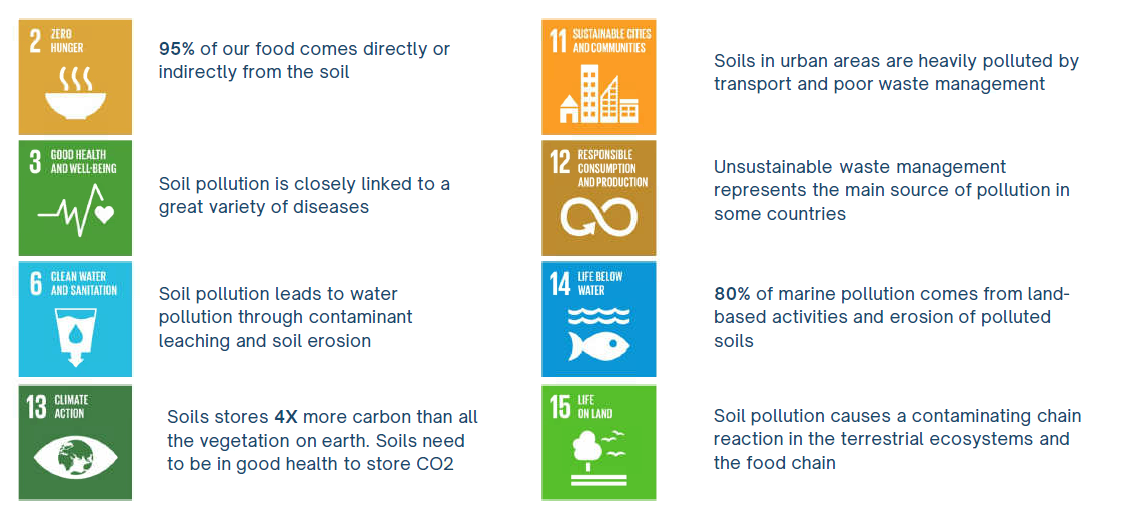
Main pollutants : Heavy hydrocarbons / Heavy metals / Chlorinated pollutants / Aromatic hydrocarbons / Volatile pollutants / Other
70% of polluted soils end up in landfills
How to remedy this soil pollution?
The industrialization of mushroom skills for soil remediation

The first natural and industrialized depollution solution
Edaphos markets a unique and disruptive solution in a mature market for sustainable solutions.
Complementary and experienced team, supported by an accomplished strategic committee.
€3.2 million value of the commercial Pipeline with coverage of major European accounts.
Pilot plant of 200m2 operational
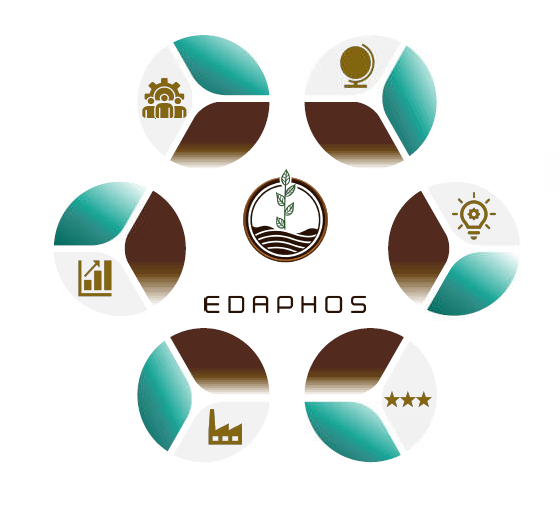
Very large soil remediation market (€20 billion in Europe, 2022).
Unique solution that is technically and economically competitive.
Solution already validated by customer trials in real conditions.
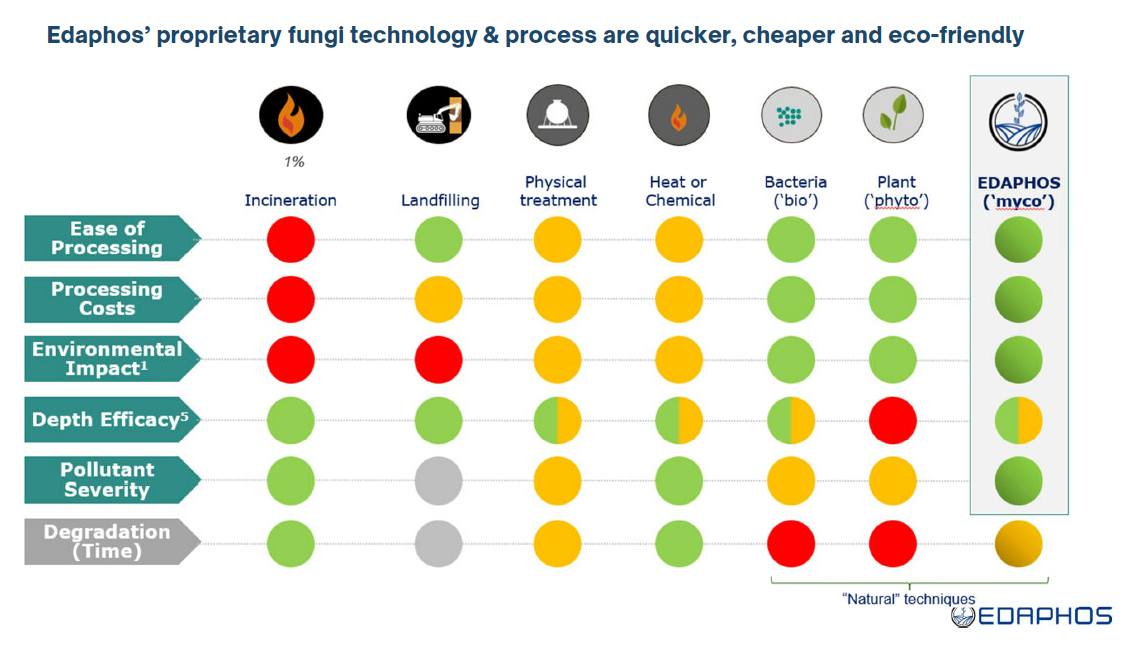
Mycoremediation, a science based on "Biomimetics
Biomimetics is a science of modeling artificial mechanisms that mimic natural mechanisms.
In nature, micro-organisms and especially fungi can degrade the most complex materials.
Edaphos industrializes the power of natural microorganisms to sanitize soils.

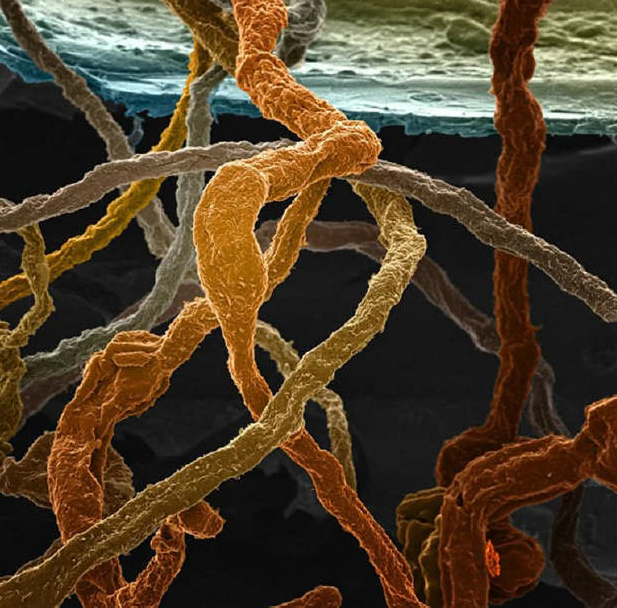
How does Mycoremediation work?
Fungi have the ability to break down contaminants by using them as a food source.
Fungi are able to excrete specific enzymes to metabolize various environmental chemicals and consume them (« feed on them » via « extracellular oxidoreductases »).

Industrial soil remediation
Edaphos overcomes three technological limitations to enable fast, environmentally friendly and low-cost cleanup.
From labo to factory
As mass production of pollution control mushrooms is a major industrial challenge, Edaphos is building the world’s first production plant for pollution control mushrooms.
From lab to soil
Edaphos discovers how to make mushrooms survive in hostile polluted environments and produces complex nutrients to allow mushrooms to grow in any condition.
From lab to site
The mushroom is a natural product (perishable organism) that is difficult to store. Edaphos transforms it into a standard industrial product in a perfect form (capsule), easy to store, transport and use.
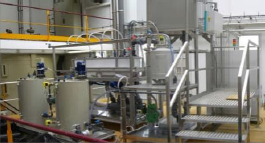

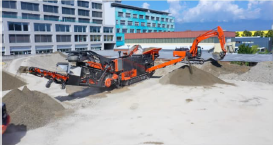
Edaphos produces encapsulated mushroom beads on an industrial scale.
- 100% bio-sourced and biodegradable components
- Complex ingredients in the beads
- Guaranteed recovery rate of fungi on the field
- Resistance to water stress
- Solutions with negative carbon impact
- Very high efficiency in the field
